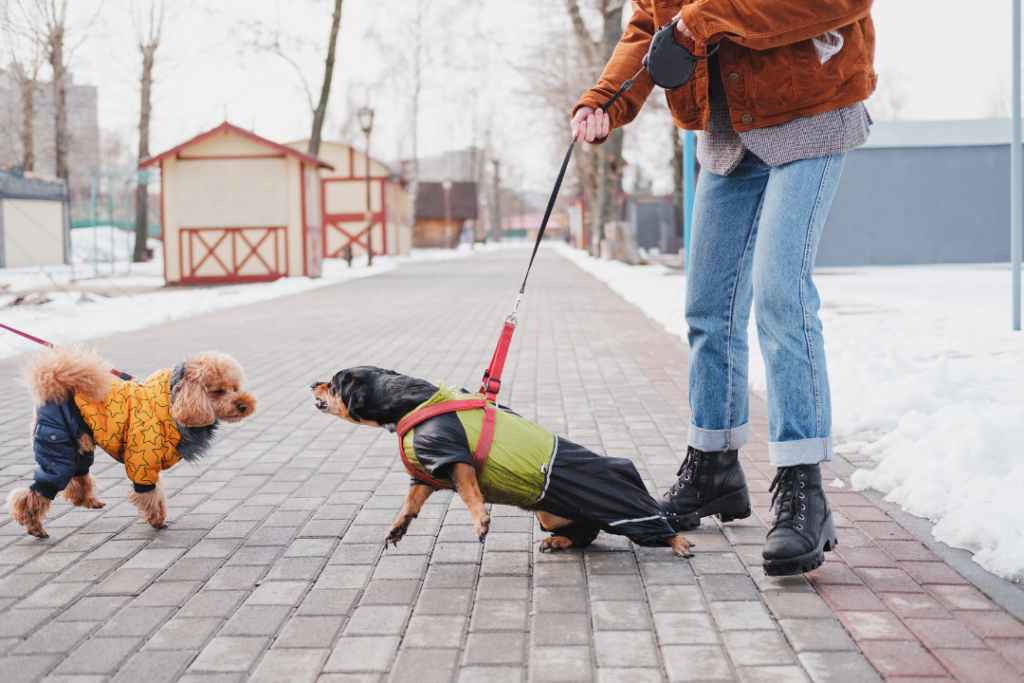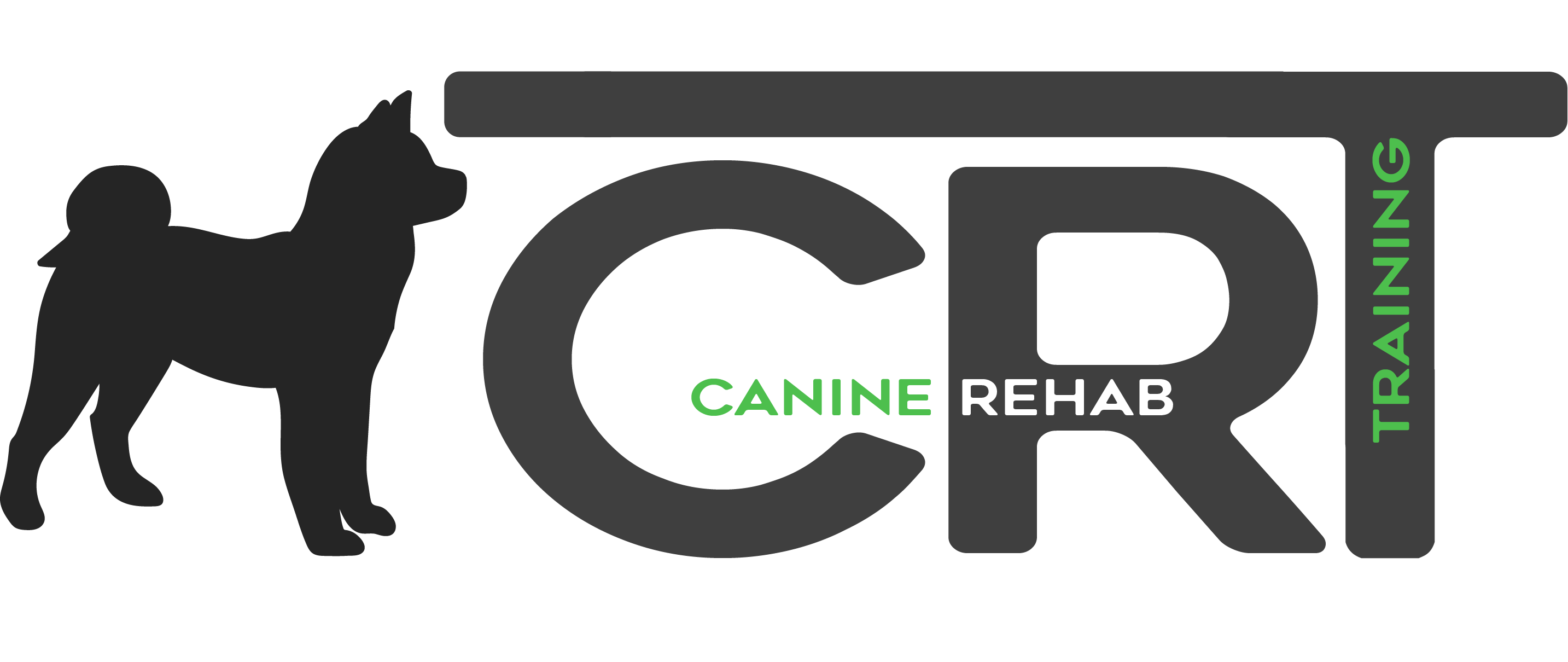Why is my Dog Aggressive Towards Some Dogs but not Others
Welcome to CRT K9, where we not only train dogs but also dive deep into the heart of their behavior, unlocking the mysteries behind their actions and emotions. Today, we’re exploring a topic that perplexes and often troubles many dog owners: why some dogs display aggression towards certain dogs but not others. It’s a puzzle that can lead to tense moments at the dog park, on walks, or even in your own backyard. But fear not, for understanding is the first step towards resolution.

Understanding Dog Aggression
Before we can decode the nuances of dog-on-dog aggression, it’s essential to grasp what we mean by aggression in our furry friends. Aggression in dogs manifests in various forms, from the more obvious growling and biting to more subtle signs like body stiffening or a fixed gaze. It’s a behavioral response that can be motivated by several factors, ranging from fear and insecurity to a desire to protect.
But it’s crucial to remember: aggression is not a trait but a behavior. And like any behavior, it’s influenced by a dog’s environment, upbringing, and experiences.
Root Causes of Selective Aggression
The heart of today’s topic lies in understanding why some dogs might react aggressively towards some dogs while remaining completely placid around others. Let’s delve into the key factors:
Socialization and Past Experiences
Imagine if your only interaction with a certain type of person was negative. It’s likely you’d be wary or even fearful of similar individuals in the future. Dogs are no different. Early socialization plays a pivotal role in shaping a dog’s reactions to other dogs. A lack of positive interactions during their critical socialization period, typically before they turn three months old, can lead to selective aggression. Similarly, a traumatic encounter with another dog can leave a lasting impact, causing a dog to react aggressively out of fear or anxiety when faced with reminders of that trauma.
Territorial Behavior
Dogs, by nature, are territorial creatures. This instinct can sometimes manifest as aggression towards dogs that they perceive as intruders in their space. The presence of their owner can sometimes heighten this territorial response, as the dog feels a duty to protect not only its territory but also its human family.
Fear-Based Aggression
Often, aggression is a mask for fear. A dog that feels cornered or unable to escape may resort to aggression as a defensive mechanism. Understanding the subtle signs of fear in dogs can help prevent situations that might trigger a fear-based aggressive response.
Resource Guarding
Dogs are natural resource guarders; it’s an instinct that has helped them survive in the wild. This behavior can extend to guarding food, toys, their human family members, or even a favorite resting spot. When another dog approaches what they consider theirs, the response can be aggressive. It’s not about being mean; it’s about saying, “This is mine, and I feel safer when you stay away from it.” Understanding and managing this behavior requires patience and often, the guidance of a professional trainer to ensure safety for all involved.
Dominance and Hierarchical Behavior
The concept of dominance in dogs has been widely debated and often misunderstood. While it’s not as simple as one dog trying to be the “alpha” over others, there are hierarchies within dog interactions. Some dogs may exhibit aggressive behaviors towards other dogs they perceive as challenging their status. However, this is more about communication and social negotiation than a desire for dominance. Recognizing and respecting these canine social cues can help prevent aggressive confrontations.

Identifying Triggers
Key to managing dog-on-dog aggression is identifying what triggers your dog. Is it a specific size, breed, or color of another dog? Or perhaps it’s the approach of another dog when yours is on a leash or behind a fence. Observing your dog and noting these triggers is crucial. Look for signs of discomfort: stiff body language, fixated staring, or growling. These signals are your dog’s way of saying they’re not comfortable with the current situation.
Managing and Reducing Aggression
Now that we understand the root causes and triggers, let’s focus on strategies to manage and reduce aggression. Remember, the goal is not to punish aggression but to prevent and redirect it.
Preventing Aggressive Encounters
- Proper Socialization: Early and positive exposure to various dogs, people, and environments can help prevent aggression from developing. Socialization should continue throughout your dog’s life.
- Training and Obedience: Basic obedience training establishes communication and trust between you and your dog. Commands like “leave it” or “come” can be invaluable in potentially aggressive situations.
Intervention Methods
- Seek Professional Help: If your dog exhibits aggressive behavior, consulting with a professional dog trainer or behaviorist is critical. They can offer tailored strategies and support for your dog’s specific needs.
- Safe Intervention: Never put yourself between two fighting dogs. Instead, use distractions like loud noises or water to break up a fight if necessary. Always prioritize safety for yourself and the dogs involved.
Creating a Positive Environment
- Stress Reduction: A stressed dog is more likely to display aggression. Ensure your dog has a peaceful place to retreat to, away from stressors.
- Exercise and Mental Stimulation: Regular exercise and mental challenges are essential for a healthy, happy dog. A well-exercised dog is less likely to have the energy for aggression.
Conclusion
Understanding why your dog may show aggression towards some dogs and not others is a journey into the complex world of canine behavior. By recognizing the signs of discomfort, respecting their communication, and taking proactive steps to manage their environment and experiences, we can help our furry friends lead happier, more peaceful lives. Remember, every dog is an individual, and what works for one may not work for another. Patience, empathy, and professional guidance are your best tools in navigating the path to harmony.
At CRT K9, we’re here to support you every step of the way. Whether it’s through training, behavior modification, or simply offering advice, our goal is to strengthen the bond between you and your dog, ensuring a lifetime of mutual respect and understanding.
